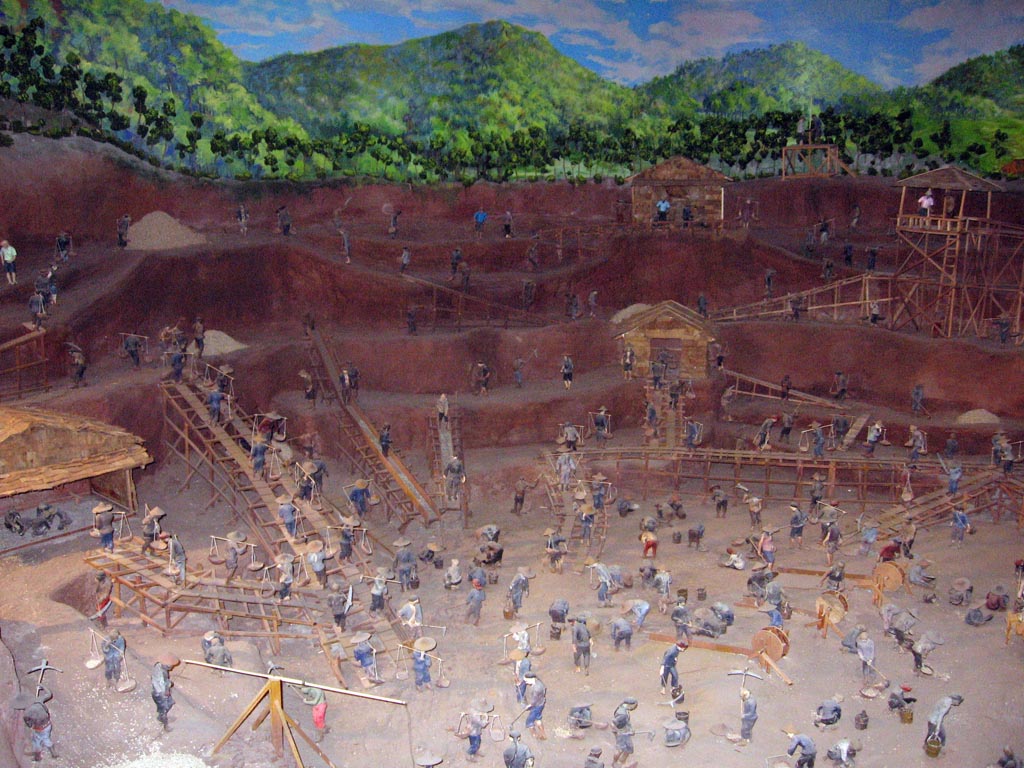Laguna Resorts and Hotels
In the 19th century, Phuket had gained lots of wealth from their tin mining industry and became one of the richest cities in Thailand, but due to large tin mining operations, they have lost lots of marine animals and eroded the soil. After all the tin is ripped from the land, it becomes polluted. This made many parts of the heavily polluted that even vegetation did not exist. Bangtao Bay, the place where Laguna Resorts and Hotels presently is, was so heavily polluted from commercial tin mining that it had craters, blackened soil, machines left over, and ramshackle huts. A while later, 200 million US dollars was spent on to transform the 1000 acre tract of land even though a United
Nations Development Plan team said Bangtao bay was "too environmentally damaged to have any development potential." It was a lot of work to do as the land was so polluted it looked like a moonscape. The top soil was imported so you could replant all the trees. Fruit trees and flowering plants were also planted to attract the wildlife. The tin mines were filled with water and transformed into lakes which restored the ecosystem and brought back the marine life.
 |
| Bangtao Bay (1970s) |








